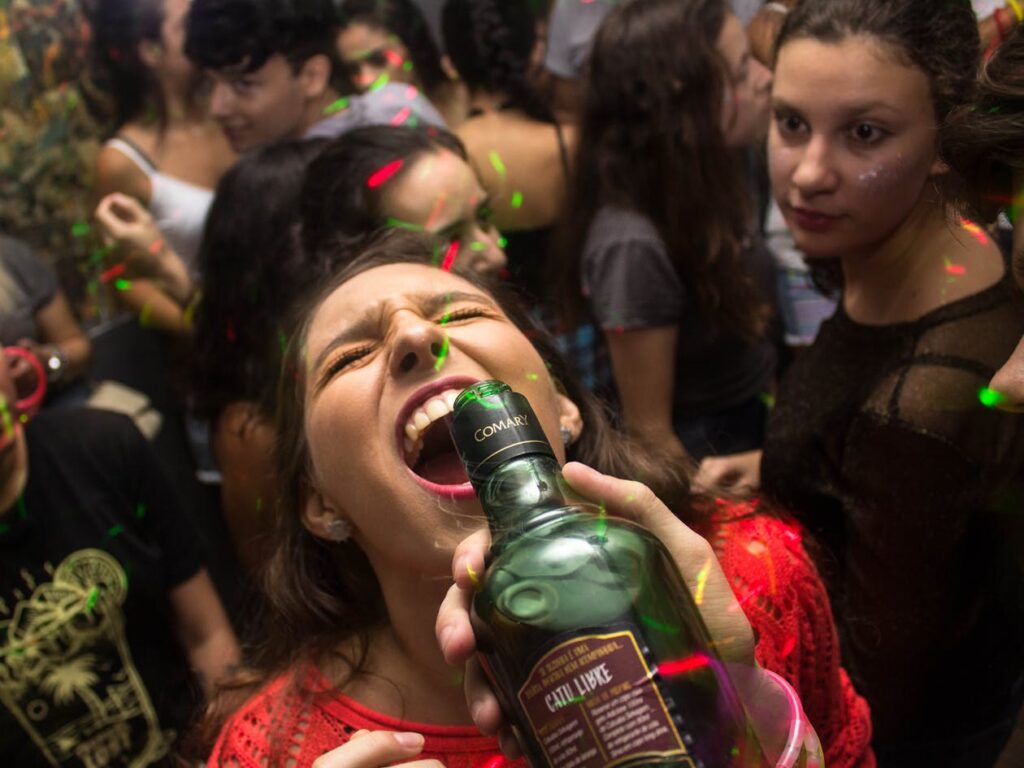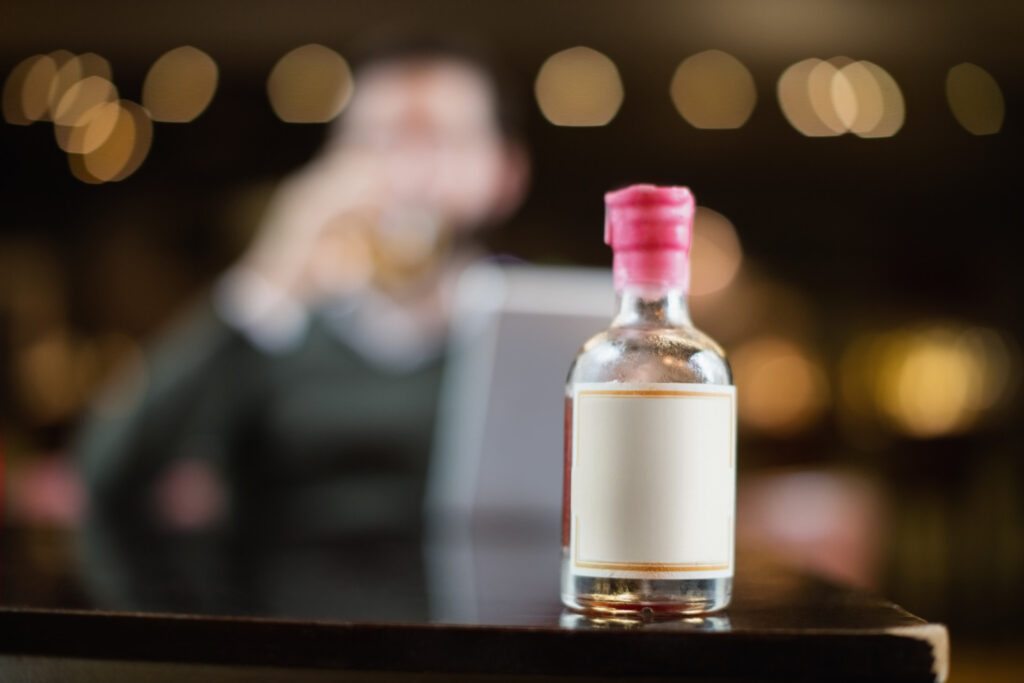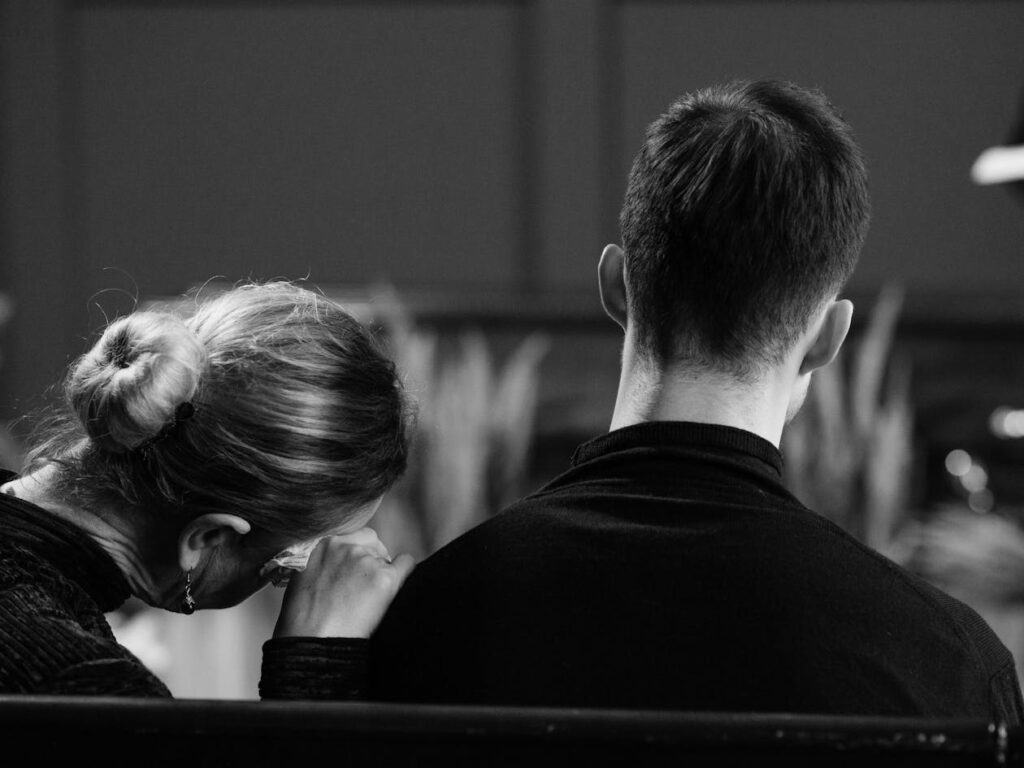Methanol Poisoning Kills 6 Backpackers in Vang Vieng (Parents Issue Warning)

Parents across Australia face a moment of pure terror when their children board flights to distant places. Most return home with sun-kissed skin and wild stories. Some never return at all.
Holly Morton-Bowles and Bianca Jones learned about backpacking through Southeast Asia the way most teenagers do. Friends returned with photos of emerald jungles and golden temples. Social media feeds overflowed with paradise. At 19, both girls felt ready for adventure.
November 2024 arrived with packed bags and goodbye hugs. Nobody imagined those goodbyes would become final.
Now, nearly one year after tragedy destroyed two families, four grieving parents deliver a message so urgent they beg travelers to listen. Remove one country from your bucket list. Your life depends on it.
Best Friends on the Trip of a Lifetime
Holly and Bianca spent years as best friends. When graduation arrived, both chose the same path. Gap year adventures would come before university life began. Southeast Asia called to them with promises of beaches, culture, and freedom.
Phone calls home painted pictures of joy. Samantha Morton spoke with her daughter Holly every day, sometimes every third day. Both mothers heard excitement in their daughters’ voices. Both girls described having an absolute blast while exploring new worlds.
Shaun Bowles, Holly’s father, remembered his own similar trip taken 25 years earlier with Mark Jones, Bianca’s father. Young men then, they understood why their daughters craved this experience. Hundreds of thousands of travelers take these same routes each year.
Nothing about Holly and Bianca’s choices seemed unusual or reckless. Two responsible young women followed well-worn backpacker trails through Thailand and Laos. They stayed in popular hostels. They made friends with fellow travelers. They documented their journey through photos and messages home.
Vang Vieng became their next destination. Nestled in landlocked Laos, surrounded by dramatic limestone cliffs and winding rivers, Vang Vieng draws backpackers from around the globe. Streets fill with hostels, bars, and restaurants built specifically for tourists. Everyone goes there. Everyone assumes it’s safe.
A Night Out That Turned Into a Nightmare

Nana Backpackers hostel welcomed Holly and Bianca on November 12, 2024. Free shots awaited guests that evening. Both girls accepted drinks before heading out to explore Vang Vieng’s nightlife.
Hours passed. Dawn arrived. Something felt wrong.
Both teenagers grew ill. Symptoms started mild but accelerated fast. Within 24 hours, medical evacuation became necessary. Helicopters rushed both girls to hospitals in neighboring Thailand. Doctors ran tests. Results came back bearing devastating news.
Parents received phone calls no mother or father should ever answer. Shaun and Samantha Morton boarded a plane that same night. Mark and Michelle Jones followed the next day. All four rushed toward Thailand, desperate to reach their daughters.
“When you hear your daughter is not going to pull through, I think disbelief is the only word to describe what was happening to us,” Shaun later recalled.
Holly fought for her life. Bianca fought alongside her best friend. Both battles ended in heartbreak. Both young women died days after consuming poisoned drinks.
Neither girl knew danger lurked in those free shots. Neither suspected their celebratory drinks contained a killer.
Six Tourists Poisoned, Six Lives Stolen

Holly and Bianca died together, but they didn’t die alone. Four other tourists staying at Nana Backpackers hostel fell victim to the same poisoned alcohol. Simone White, a 28-year-old British lawyer, consumed the same tainted drinks. She died. Two Danish women, Anne-Sofie Orkild Coyman, 20, and Frela Vennervald Sorensen, 21, also drank from contaminated bottles. Both lost their lives. James Louis Huston, a 57-year-old American, became the sixth fatality.
Six people from different countries. Six tourists seeking adventure. Six families shattered by preventable deaths. Investigations began. Laos officials detained eight people connected to the hostel. Media attention surged. Governments issued statements expressing condolences. Everyone waited for justice. Justice never came.
“We’ve Heard Nothing” From Officials

One year passed since Holly and Bianca died. Mark and Michelle Jones marked the anniversary with anger and frustration. Shaun Bowles and Samantha Morton felt the same rage building inside them.
Laos government officials refused to meet with any victim families. Requests for meetings received denials. Requests for updates went unanswered. Parents seeking accountability found only silence.
Australian Federal Police offered assistance with the investigation. Laos refused their help.
“We’ve heard nothing,” Mark Jones told 60 Minutes journalist Tara Brown. “I cannot have my daughter’s passing not mean anything.”
Brown herself attempted to travel to Laos for answers. Officials denied her entry, claiming investigations remained ongoing. When she tried reaching Laos authorities for comment, nobody responded.
“More significantly, and cruelly, no Lao officials will meet with the devastated families, not even in private,” Brown reported.
Chatoulong Bouasisavath, Laos ambassador to Australia, ignored questions from multiple media outlets. Letters went unanswered. Phone calls reached voicemail. Families begged for basic information about how their children died. Nobody in power would speak with them.
Mark and Michelle Jones released a statement condemning the lack of progress. “To date, no individual or organization has been held accountable,” they said. “It appears these deaths of innocent young women may be forgotten, brushed aside and left unresolved.”
Holly’s parents chose stronger language when speaking to Herald Sun. “We recognize how corrupt and unhelpful the Laos Government (is), there is no evidence whatsoever to suggest there is any type of investigation going on,” Shaun Bowles and Samantha Morton stated. “(Our) hope is that Australians remove this country from their bucket list, your life is worth nothing over there and we have seen this first-hand as well as other families that have been involved in this tragedy.”
Eight people remained detained. Zero charges have been filed. Zero accountability exists. Zero closure arrived for families.
Victorian Premier Jacinta Allan acknowledged parents’ frustrations as very real given the complete absence of meaningful investigation results.
Methanol Kills and Leaves No Trace

Most tourists never heard of methanol before booking their Southeast Asian adventures. Understanding what killed Holly and Bianca requires basic chemistry knowledge.
Methanol is a toxic alcohol used in industrial products. Paint thinners contain it. Antifreeze uses it. Varnish and photocopier fluid rely on it. Nobody should ever consume methanol, yet people do so accidentally when bootleg alcohol producers substitute methanol for ethanol.
Why make the substitution? Money drives the decision. Ethanol costs more than methanol. Unscrupulous producers add methanol to drinks because it creates a stronger-seeming product while cutting costs. Lower-quality alcohol suddenly seems more potent. Profit margins increase.
Methanol appears colorless. No smell distinguishes it from regular alcohol. Taste doesn’t reveal its presence. Victims consume poison while believing they’re drinking normal spirits.
Just 0.85 fluid ounces can prove fatal. Half a shot glass contains enough methanol to kill a healthy adult.
Western diplomats stationed in Southeast Asia understand the problem well. One diplomat explained the business model to BBC reporters without revealing their identity. “You have the unscrupulous producer adding methanol to their drinks because it’s cheaper,” the diplomat said. “I don’t think it’s nefarious bar owners going out of their way to poison tourists. It’s more about the production side, there being being low education, low regulation, people cutting corners.”
Bar owners often don’t know they’re serving killer cocktails. Suppliers deliver bottles that appear legitimate. Bartenders pour drinks believing they’re serving safe alcohol. Tourists consume poison while surrounded by people who have no idea death lurks in every glass.
Symptoms Arrive Slowly Then Strike Hard
Methanol poisoning follows a predictable but deceptive pattern. Victims feel fine initially. Hours pass without concern. People assume they’re simply drunk or tired.
Nausea arrives first, often 12 to 24 hours after consumption. Vomiting follows. Abdominal pain intensifies. Victims still might assume they’re experiencing a bad hangover or food poisoning.
Breathing problems develop next. Hyperventilation makes speaking difficult. Vision becomes blurred. Some victims go blind within hours. Confusion sets in as methanol metabolizes into formic acid.
Formic acid attacks the brain. Seizures can occur. Comas develop. Respiratory failure begins as organs start shutting down. Circulatory shock spreads through the body. Kidneys fail. Multiple organ failure leads to death.
Médecins Sans Frontières, a global medical charity, tracks methanol poisoning outbreaks worldwide. Their data shows fatality rates between 20 and 40 percent when victims receive no treatment or delayed treatment.
Early intervention changes everything. Diagnosed within 30 hours of consumption, methanol poisoning becomes manageable. Treatment can prevent the worst effects. Survival becomes possible.
But diagnosis requires awareness. Tourists partying in Southeast Asia rarely suspect methanol poisoning. They assume they’re hungover. They go back to sleep instead of seeking emergency care. Hours tick by. Formic acid builds up. Organs begin failing. By the time victims realize something serious is wrong, permanent damage may already exist.
Southeast Asia’s Deadly Secret About Cheap Alcohol

Holly and Bianca weren’t the first tourists to die from methanol poisoning in Southeast Asia. They won’t be the last unless something changes.
Asia records the highest prevalence of methanol poisoning worldwide, according to Médecins Sans Frontières database. Outbreaks concentrate in poorer countries along the Mekong River. Indonesia, India, Cambodia, Vietnam, and the Philippines all report regular incidents.
Indonesia earned recognition as the hotspot for methanol deaths. Over the past two decades, Indonesia reported more methanol poisoning cases than any other nation. Widespread production and consumption of bootleg liquor explains the grim statistics.
Laos presents particular dangers. As one of Asia’s poorest and least developed countries, Laos lacks resources for strong law enforcement. Food and hospitality industries face almost no regulation. Home-brewed alcohol production thrives in this environment. Counterfeit bottles proliferate.
Vang Vieng built its entire economy around tourism. Streets overflow with bars, restaurants, and hostels catering to backpackers. Young travelers flock there because everyone goes to Vang Vieng. Word spreads through hostels and travel forums. Must-visit lists include it.
But behind the party atmosphere, dangers multiply. Low education levels among producers mean many don’t understand methanol’s lethality. Weak regulation means nobody checks what goes into bottles. Poverty drives people to cut corners. Tourists become collateral damage.
Colin Ahearn, an Australian man, runs a Facebook page called “Don’t Drink Spirits in Bali.” He created the page specifically to warn travelers about methanol dangers. Before Holly and Bianca died, Ahearn’s page received about one submission per week reporting methanol poisoning somewhere in Southeast Asia.
One case per week. Fifty-two cases per year. Hundreds of cases over recent years. Most victims survive. Some suffer permanent damage. Others die far from home.
Yet tourism continues. Young people keep booking flights. Hostels stay full. Bars pour drinks from questionable bottles. Nothing changes because most travelers remain unaware of risks.
Parents Fight for Justice Their Daughters Will Never See
Shaun Bowles and Samantha Morton created a crowd-funding page after losing Holly. Mark and Michelle Jones did the same after Bianca died. Both families seek money not for themselves but for awareness campaigns.
Education might prevent future deaths. Prevention initiatives could save other teenagers. Donations fund efforts to make sure Holly and Bianca’s deaths mean something.
Eight people remain detained in Laos. One year passed. Zero charges were filed. No trial date exists. No accountability appears forthcoming.
Laos officials expressed profound sadness in a letter to Australian Foreign Minister Penny Wong last November. They promised to investigate. They vowed to bring perpetrators to justice.
Mark Jones spoke for all four parents when he told 60 Minutes that his daughter’s passing must mean something. It has to matter. Someone must be held responsible.
Without justice, without accountability, without even basic acknowledgment from Laos officials, these families face an impossible reality. Their daughters died preventable deaths. Nobody faces consequences. Future tourists remain at risk.
So they issue their warning. Remove Laos from your bucket list. Don’t send your children there. Don’t trust the bars. Don’t believe the bottles. Don’t assume anyone will investigate if tragedy strikes.
Your child’s life holds value. Laos government seems to disagree. Holly and Bianca went on the trip of a lifetime. Both came home in caskets. Their parents returned to Australia broken but determined. If warnings can save even one family from experiencing this nightmare, perhaps their daughters’ deaths can prevent future tragedies.
But warnings only work if people listen. Will you?
Loading...

